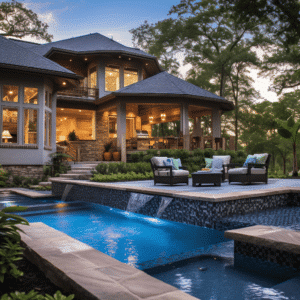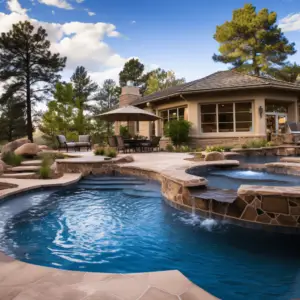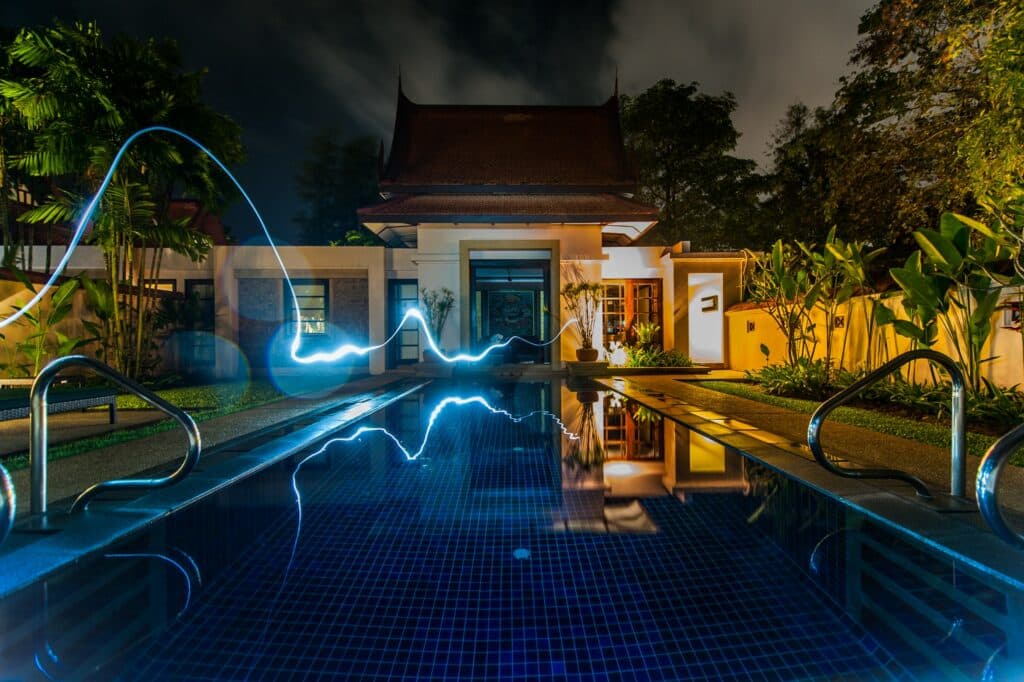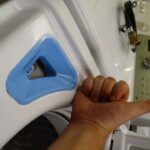Pool-Spa, A pool and spa combination is the perfect addition to your backyard. The promise of vigorous exercise to shape and tone your body or a soothing water treatment with powerful heated water jets is a magnificent experience to enjoy at home.
In the interest of clarity, the words pool and spa can have confusing connotations and in this context, they can refer to structures or ‘modes’.
When it comes to physical buildings, a pool is an artificial body of water that is mostly used for swimming. A spa, on the other hand, is a body of water where the main goal is to treat the water for fun. Spas are really just a type of pool.
When you talk about styles, you will say things like “pool mode” or “spa mode.” In pool mode, the water in the pool or spa stays still and stays at the normal temperature. In spa mode, you can turn on jets, heating, and bubblers to treat the water and rub you.
Pools and spas can be in three modes where they can be the same structure, two separate but connected structures, or two separate and independently operated structures. Each of these requires different mechanisms for heating.
Table of Contents
Can you heat the pool and the spa at the same time?

Spa-pool Option
Hot tubs and above-ground portable pools are spa-pools. Inground spa pools are rare since they are expensive to build and rarely need a tiny building.
Most inground deep pools are enormous. One control unit controls heating, water treatment and filtration, air blowers, and a hard water system attached to the tub in these tiny spa-pools. With the right settings, heating the spa-pool is the same.
Spa heating can reach 100 degrees Fahrenheit, excellent for heated spa treatments, whereas pool heating rarely tops 80 degrees. Setting and temperature levels differentiate pool and spa heating.
Separate and independent pool and spa
These are fairly straightforward operationally and since they have separate controls and management units, their heating systems are also separate.
Like pubic pools, this style of pool can be in-ground or above ground. Heat rarely exceeds 84 degrees Fahrenheit.
A standalone spa can be an indoor pool, hot tub, or above-ground or inground pool. Most are smaller, with the largest reaching 10 feet in length, but this is rare due to the cost of boiling this much water for one or two people. They are the height of luxury. Spa heating can reach 120 degrees Fahrenheit, but greater temperatures are too harmful for water treatments.
Separate but connected pool and spa

This combination is the most common and most convenient pool-spa construction. The pool is usually in-ground or off ground meaning its body is halfway raised above ground level. The pool is usually large and is ideally constructed for recreational or professional swimming activities. The spa is a separate structure that is smaller in size located adjacent to the pool or completely within the larger pool such that they share water. Most people assume the spa to be a kiddy pool due to its smaller size and shallow base.
Many use it this way, which is proper and gives adults some freedom in the larger pool while watching their small children. The pool and spa may be heated simultaneously, allowing you to swim hard and then relax in the spa.
Pool and spa
The pool and spa heaters are identical. The spa acts like an empty pool when you heat the pool, warming the water to 80 degrees Fahrenheit.This is because in “pool mode,” the valve system waters the pool and spa. Because in “pool mode.” the spa is part of the pool.
To heat the spa, switch to “spa mode,” which changes the valve.In spa mode, the gates only let water in and out, thus heating only impacts spa water. Since the spa has less water, it heats up quickly, from 84 to 104 degrees Fahrenheit.
This type of shared pool is by far the most convenient for you since it offers you the benefits of both the large pool and the treatment benefits of the spa within. Having one management unit is also energy efficient and maintaining the control unit is fairly easier. This pool-spa combo is also the best to have in winter since its construction can withstand the rigors of wintertime and heating it for a swim or a soak is easy. Pool-Spa anything. This kind of pool can be used all year, unlike portable hot tubs, which can’t be used in the winter.
In the winter, the heating can be changed to match the outside temperature, and semi-permanent or temporary housing can be put up to turn Pool-Spa into an indoor pool so you can enjoy a nice swim during the months when a soak is most wanted.


